The unconquered peaks: raw terrain, solitude and a place in history
Shunning the crowded slopes of Everest, two French climbers are the first to reach the summit of Jannu East in the Himalayas “unconquered peaks: raw terrain, solitude and a place in history” refers to mountains that remain unclimbed due to a combination of extreme technical difficulty, remote location, political or religious bans, and the mystique that surrounds them. In an age where even Mount Everest is crowded, these “virgin peaks” offer a sense of pure adventure and have earned their own place in mountaineering history by defying conquest.
Notable unconquered peaks
Gangkhar Puensum, Bhutan (7,570 m / 24,836 ft)
- Highest unclimbed peak: Gangkhar Puensum is widely recognized as the highest unclimbed mountain in the world. Its name means “White Peak of the Three Spiritual Brothers”.
- A sacred mountain: It lies on the border of Bhutan and China and remains unclimbed due to a national ban. Bhutan considers its high peaks sacred homes of protective deities and has prohibited climbing mountains over 6,000 meters since 1994. The ban was extended to all mountaineering in 2003.
- The Highest Unclimbed Mountain In The World : summit of Gangkhar Puensum, in Bhutan, is the highest unclimbed point in the world. We take a look at the rules around the mountain, and discuss some of the planet’s other unclimbed peaks as well With a summit 7,570 metres above sea level, Gangkhar Puensum is not only the highest mountain in Bhutan but also the highest unclimbed mountain in the world. Because mountaineering has been around for such a long time now, the revelation that there are peaks in the world yet to be summited can be a surprising one. However, there’s actually quite a lot of these unclimbed mountains on the planet. You just need to know where to look, and do a bit of reading. That’s where we come in.There are numerous reasons why “virgin peaks”, as unclimbed mountains are sometimes known, might not have been summited yet. Sometimes this is down to geographic isolation, sometimes it’s down to political instability, and sometimes it is because the mountain has been designated off limits due to the religious beliefs of a country. In certain cases as well, mountains can remain unclimbed simply because taller mountains end up getting more attention and focus than mountains that aren’t quite as tall.
Why hasn’t Gangkhar Puensum been climbed then?
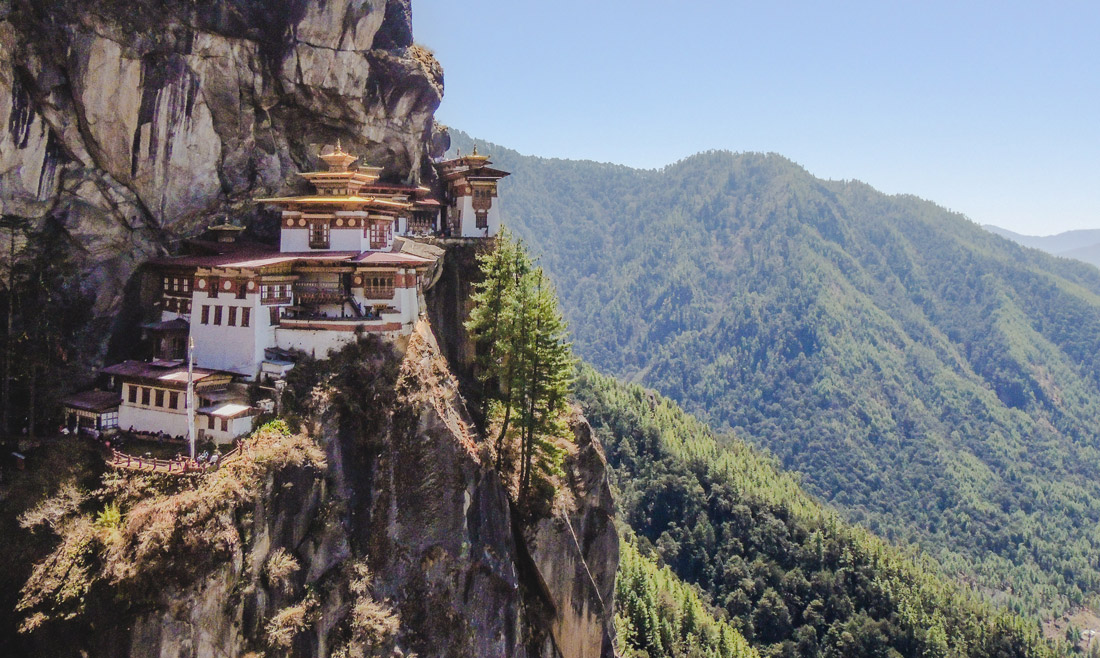
Climbing Gangkhar Puensum has been prohibited since 1994. With no sign of a rule change anytime soon, it’s a state of affairs that could continue for a while. Located in Bhutan, near the border with China, because Gangkhar Puensum is over 6,000 metres it fell under the country’s blanket ban of climbs above that height. The reasoning for this rule was based on local customs that believe this peak, and several others nearby, to be the sacred home of deities and spirits. Another factor in the decision was the lack of high-altitude rescue resources in the vicinity. In the year 2003, the prohibition rule was taken even further when mountaineering, in all of its forms, was disallowed entirely within Bhutan. Unless the government of Bhutan changes its rules, a shift they’ve shown no sign of making, the high mountains located within this Buddhist kingdom on the Himalayas’ eastern edge will remain climber-free.
Muchu Chhish, Pakistan (7,453 m / 24,452 ft)
- Highest legally climbable unclimbed peak: Located in the remote western Karakoram Range, Muchu Chhish is often cited as the highest unclimbed mountain that is not subject to a ban.
- Extreme difficulty: Despite multiple attempts by expert climbers, its raw and inaccessible nature has thwarted every expedition.
What is the highest unclimbed peak that can be climbed?

With its summit 7,452 metres above sea level, and a prominence of 263 m, Muchu Chhish in Pakistan is the world’s highest unclimbed mountain that can be legally climbed. Situated within the Batura Muztagh sub-range of the Karakoram in Pakistan, the mountain is in an extremely remote and inaccessible area. Some attempts have been made to climb Muchu Chhish over the years, but none of them have been successful. The attempts to climb it have been via the south ridge. In 1983, this ridge was climbed by a Polish expedition who used fixed ropes while ascending Batura IV – which is 7,531 metres high and just west of Muchu Chhish. In 1999, a Spanish expedition reached a height of 6,650 m on the southern ridge. Just over 20 years later, in 2020, a small Czech expedition that included climber Pavel Kořínek and politician Pavel Bém – who fulfilled his”childhood dream” when he climbed Everest (the highest mountain in the world) in 2007 – made an attempt but did not reach the top. Bém, the former mayor of Prague, is no stranger to mountaineering feats. He climbed K2 in 2012 without supplemental oxygen.
What is a peak in mountaineering?

Many, many, mountains have a highest point or peak sticking out above smaller sub peaks. Despite an objective, consistent, criteria being put forward previously there isn’t actually one widely agreed standard for distinguishing.
Their definition stated it’s a mountain summit if it has a prominence of at least 300 metres. Otherwise, it’s a subpeak. This is a useful yardstick to note when considering what has and hasn’t been climbed although not everyone agrees with it.
What is topographic prominence?
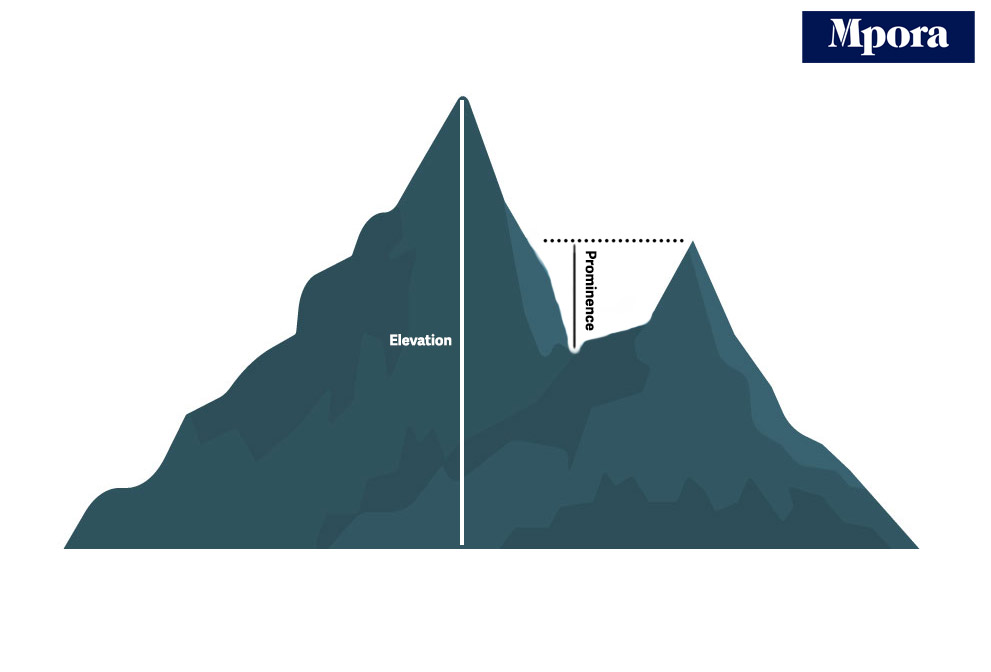
When it comes to classifying the world’s unclimbed peaks, topographic prominence is important. What is topographic prominence though? Well, in layman’s terms, it measures the independence of a summit. We could get complicated here but, in short, see it as the minimum height you will have to descend to get from a summit to higher terrain. It is the hill or mountain’s height relative to the lowest contour line adjacent to it. With so many of the planet’s mountains part of a mountain range, topographic prominence helps us to consider what is a summit in its own right and what is simply a milestone on the way to a higher peak.
The highest unclimbed Peaks in the world
In the following list, ‘prom’ refers to prominence.
- Gangkhar Puensum (Bhutan / Tibet) – 7570 m (Prom: 2995 m)
- Muchu Chhish (Pakistan) – 7453 m (Prom: 263 m)
- Kunyang Chhish West (Pakistan) – 7350 m (Prom: 202 m)
- Summa Ri I (Pakistan) – 7302 m (Prom: 246 m)
- Lapche Kang III (Tibet) – 7250 m (Prom: 570 m)
- Apsarasas Kangri (India) – 7243 m (Prom: 607 m)
- Karjiang I (Tibet) – 7221 m (Prom: 895 m)
- Tongshanjiabu (Bhutan / Tibet) – 7207 m (Prom: 1757 m)
- Skyang Kangri West (Pakistan) – 7174 m (Prom: 194 m)
- Yermanendu Kangri (Pakistan) – 7163 m (Prom: 163 m)
Global
Mountain
Network
UIAA Declaration
On Hiking, Climbing and Mountaineering
The purpose of the new declaration is twofold:
- To lay out the generally accepted norms for behaviour that the UIAA considers optimal. This includes the ethics and style with which we climb and the environmental and social considerations that we should be aware of.
- To clarify the best practice for climbers and mountaineers from a mountaineering viewpoint. This particularly refers to the style of rock climbs and ascents of “alpine” peaks.
These are a set of recommendations and norms, rather than rules that will hopefully resonate with climbers and mountaineers worldwide.
The 2002 Tyrol Declaration was an excellent document that has served the UIAA and the mountaineering and climbing community very well over the last 22 years and many of the maxims included in that document are still very pertinent and applicable today.
But the world has changed quite dramatically over the intervening period and climbing and mountaineering have changed with it. The developments include the rise of sport and indoor competition climbing, the rapid development of the commercial outfitters guiding clients up major peaks in the greater ranges and the influence of the internet, apps and social media that have revolutionized the availability of information and changed trends. The influence of these developments is being felt worldwide.
One of the biggest developments is climate change. Sustainability guides us all at the UIAA. This is not only about protecting mountain ecosystems but supporting the well-being of local communities and those who depend on climbing and mountaineering for their livelihood. It is about maximizing the positive environmental, social, and economic impacts associated with climbing and mountaineering, to ensure that our sport can thrive and continue to be enjoyed by current and future generations.
Mountaineering practices vary around the world from country to country and culture to culture. None of these variations are right or wrong and are usually simply differences in emphasis.
Climbing and mountaineering can generate positive impacts, supporting peace building, health and well-being, promoting cross-cultural awareness and understanding, fostering pride in cultural traditions and supporting heritage building. It can also help avoid depopulation and urban relocation by creating local jobs and livelihood opportunities, and increase visitor awareness and appreciation of natural, cultural, and historical values and assets in mountains. UIAA Calendar
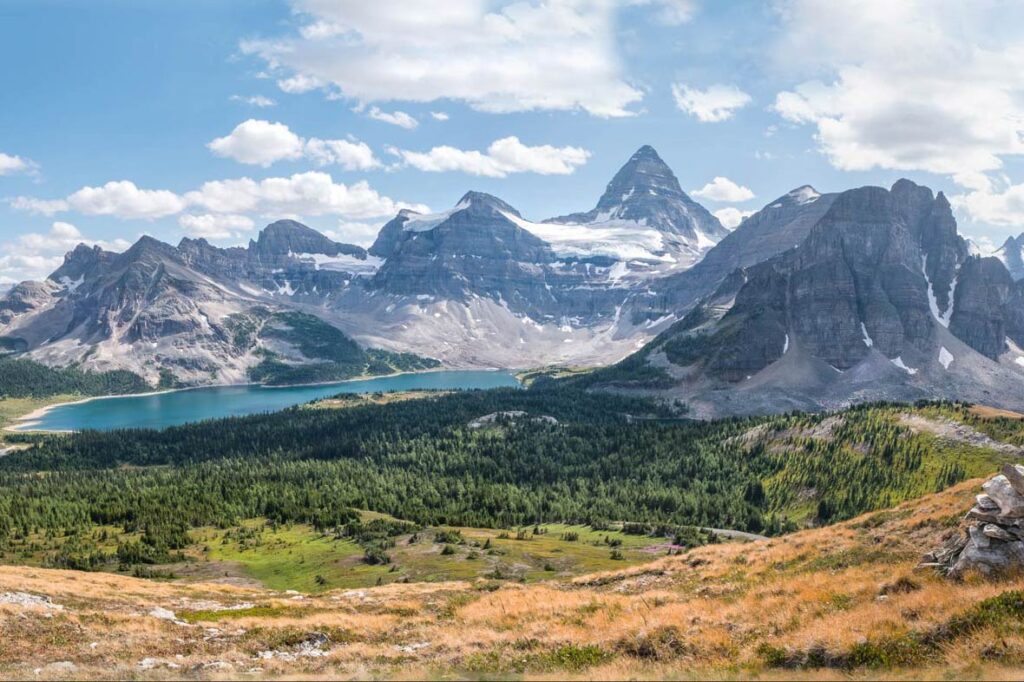
Mount Kailash, Tibet (6,638 m / 21,778 ft)
- Sacred to four religions: This peak is considered holy by followers of Hinduism, Buddhism, Jainism, and the indigenous Bon religion.
- Forbidden to climbers: No expeditions are permitted, and all climbing is forbidden out of respect for its deep spiritual significance. Instead of climbing, pilgrims walk a circumambulation route around the mountain.
Machapuchare, Nepal (6,993 m / 22,943 ft)
- The “Fishtail Mountain”: This distinctive, unclimbed mountain in the Annapurna massif is revered by the local populace.
- Royal prohibition: A 1957 British expedition stopped just shy of the summit to honor a promise to King Mahendra not to set foot on the top. Nepal later banned all climbing on the peak.
Kabru North Summit, India/Nepal (7,395 m / 24,262 ft)
- Part of a massif: While its southern summit was reached in 1935, the northern peak remains unclimbed.
- Avalanche risk: Its difficult terrain and high risk of avalanches have made it a persistent challenge for mountaineers.
How unclimbed peaks earn their place in history
A historical narrative: Ultimately, these unconquered peaks hold a place in history not for being summited, but for what they represent. They are symbols of the unknown, of a challenge not overcome, and of the enduring mystery and power of raw, untamed wilderness.
Environmental and cultural preservation: The stories of these mountains highlight a shift in modern mountaineering toward prioritizing environmental conservation and respecting local spiritual beliefs. In the face of Everest’s commercialization, the decision by nations like Bhutan and Nepal to preserve sacred peaks showcases a contrasting, more reverent approach to nature.
Technical limits: For peaks like Muchu Chhish, their untouched status demonstrates that human skill and modern technology still have limits when faced with the earth’s most formidable terrain. Their history is one of human ambition being humbled by the sheer difficulty of the natural world.
International Mountain Conference
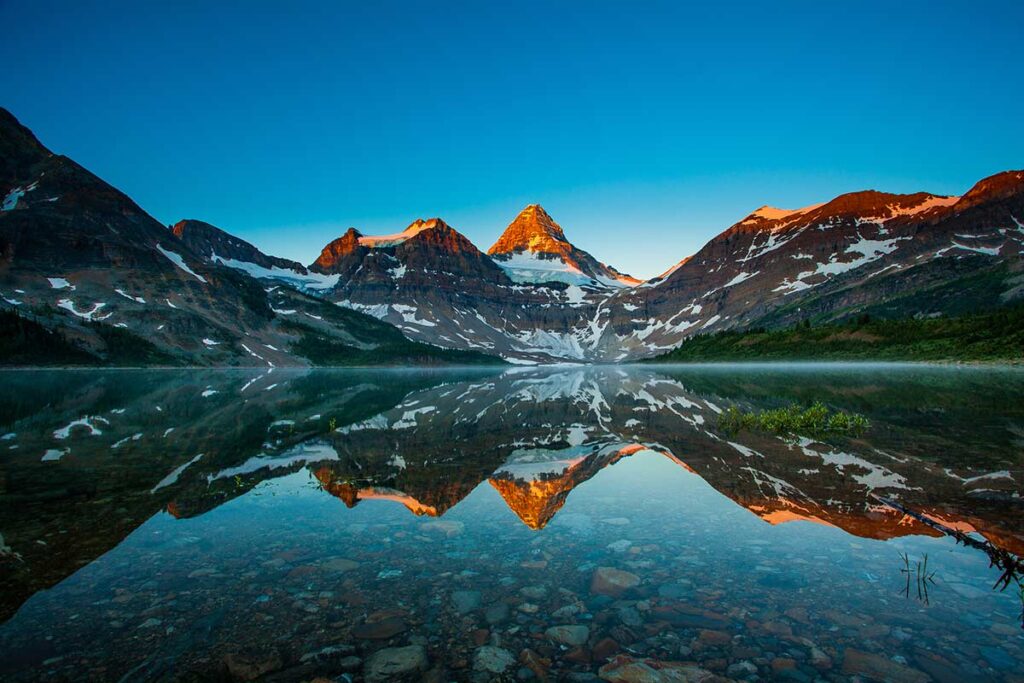
The UIAA will attend the International Mountain Conference – IMC – will take places from 14-18 September in Innsbruck, Austria. IMC builds upon the previous mountain conferences and aims to continue this scientific conference series exclusively targeted towards mountain-research. Hosted in the Alps, #IMC provides an excellent opportunity for experts from different disciplines to discuss mountain-related issues in a cross-disciplinary setting with flexible Session Formats Focus Sessions
- Oral sessions can be up to 180 min (depending on the number of participants)
- Poster sessions can be up to 45 min
- The standard length of oral presentations is 7 min plus 2 min for questions. The length might be slightly adapted when the speakers of the session are confirmed after the end of the registration period. Poster presentations include 2 min oral introduction of each poster
- If thematically fitting, focus sessions can be assigned to a Synthesis Workshops (in this case, one session convenor is asked to present the session outcome in the respective synthesis workshop)
Workshops
- Workshops can be up to 180 min (depending on the number of participants)
- Workshop moderators decide on the length of participants’ presentations whereas the max. lengths is 5 min per presentation and time for joint discussions will be at least half of the total workshop time.
- If thematically fitting, focus sessions should be assigned to a Synthesis Workshops (in this case, one session convenor is asked to present the session outcome in the respective synthesis workshop)
Plenary Sessions
- Relevant across disciplines
- Up to 90 min sessions in the (early) evening (18:30-20:00)
Synthesis Workshops
- Synthesis workshops can be up to 180 min with short introductions and comprehensive discussions on overarching questions
- Synthesis Workshops will be scheduled after focus sessions that are assigned to the workshop
- Conveners of assigned focus sessions are invited to briefly report on session outcomes at the beginning
Public Events
- Up to 90 min events in the evening
- Contents, methods and target groups fully open
- Option to provide drinks and snacks
- Non-scientists can be invited to register for free
Side Events
Organisation of the events is supported by #IMC organizers
Events directly before or after the #IMC
Rooms are provided for free the key goals of the conference are to synthesize and enhance our understanding of mountain systems, in particular their response and resilience to global change.
Innsbruck, Austria | 14-18 September

NEXT EVENT
General
Assembly
NEXT GENERAL ASSEMBLY
The 2025 UIAA General Assembly will be held in Peja, Kosovo. The dates are 23-25 October. The Kosovo Mountaineering and Sport Climbing Federation is the host.
FUTURE GENERAL ASSEMBLIES
The 2026 UIAA General Assembly is set to be held in Nepal. The Nepal Mountaineering Association will host the event. The dates are 30-31 October (subject to final confirmation)
The 2027 UIAA General Assembly is set to be held in Chile. The dates are TBC. FEACH will be the host federation.
DOCUMENTS FOR DELEGATES
Please note registration information, supporting documents and information related to voting will for all future GAs are made available through the UIAA Members Database. For access to assets for the 2025 GA (available from July 2025), please contact the UIAA Office.
The annual UIAA General Assembly is the largest, and most important, gathering of UIAA member federations, commissions, representatives and partners. At the General Assembly, hosted by a national federation, key decisions are made concerning UIAA’s role, its activities and budget and elections are held.
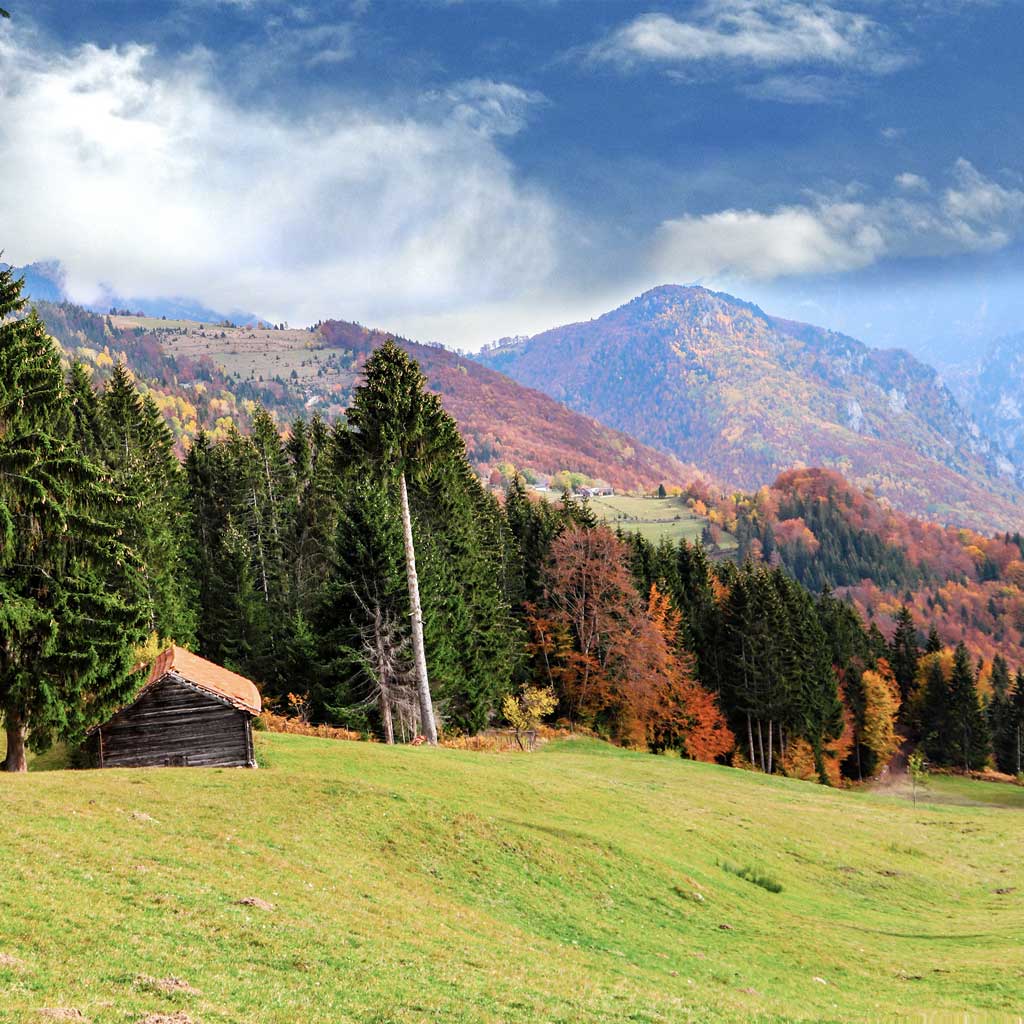
Expert courses: Medical, Safety and Training
Expertise & Exchanges
The Mountain Sports Symposium is typically an annual event organised by the UIAA bringing dedicated international experts together to offer both keynote presentations and practical workshops on given topics. To date these have included safety, training and rescue techniques as well as high-altitude medical advice. In future, topics may focus on the environment, youth, ethics and more. The events also bring together climbers and mountaineers from specific geographical regions and encourage networking, collaboration and information exchanges.
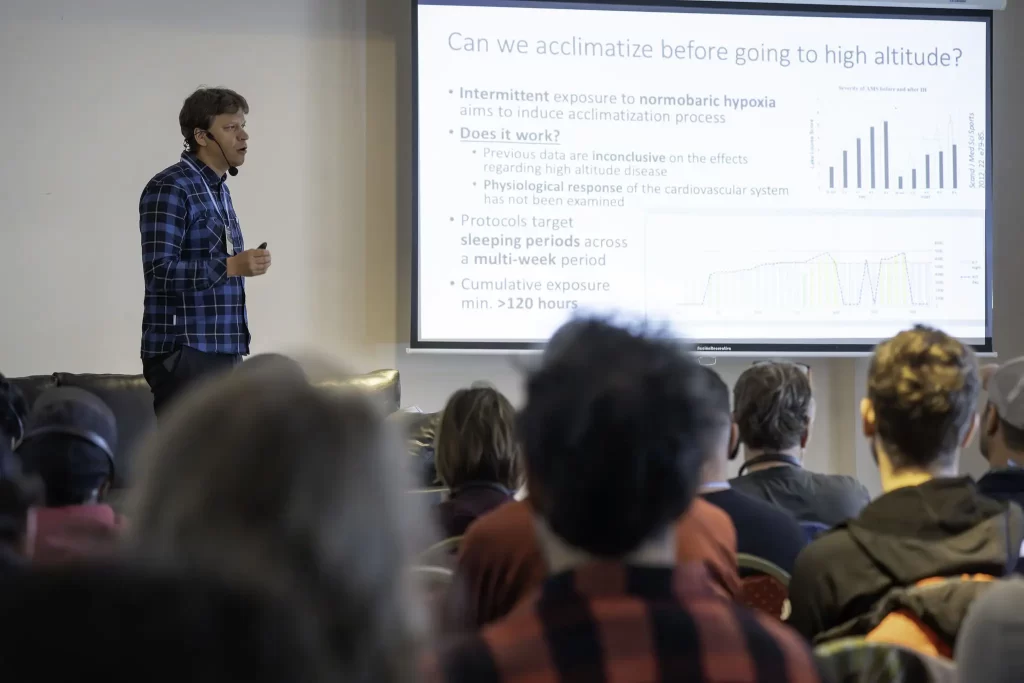
2025 Mountain Sports Symposium:
Kosovo – 25 – 26 October
Together with the hosting association, the Kosovo Mountaineering and Sport Climbing Federation (FBNSK), the UIAA will hold a second edition of the Mountain Sports Symposium, from 25-26 October 2025, and running alongside its General Assembly.
Locations:
Main venue & theory sessions:
Hotel Camp Kara gaç , Pn Fehmi Agani, Pejë 30000, Kosovo
Workshop sessions:
between Peja and the Rugova Canyon Viewpoint (Coordinates: 42.66065, 20.25537) Save the date: UIAA Mountain Sports Symposium in Peja, Kosovo
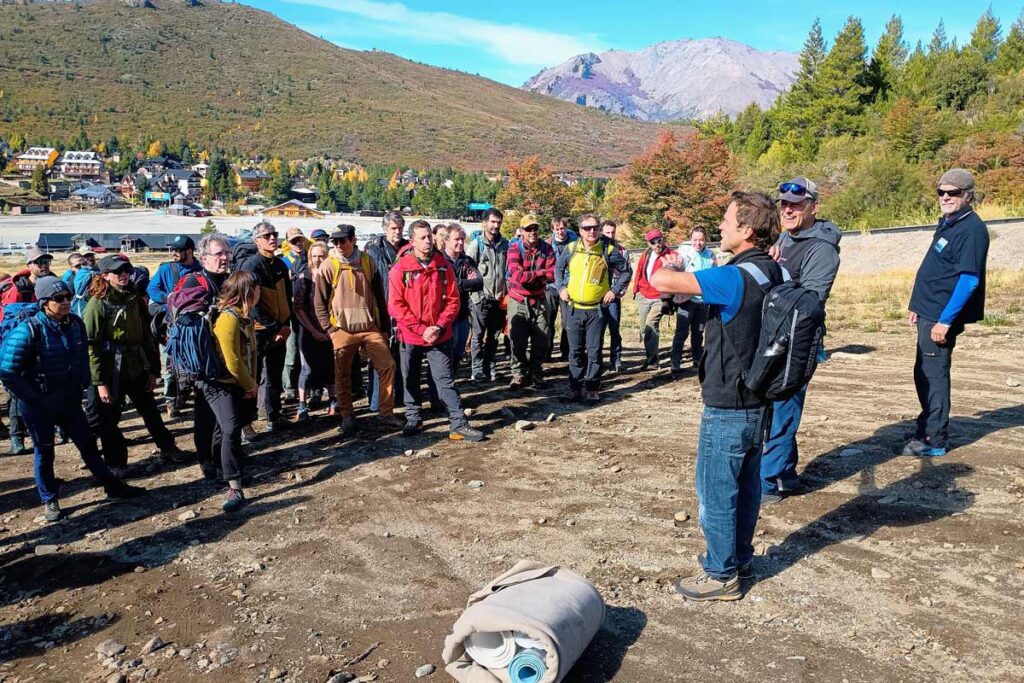
A photo from a training component of the inaugural MSS held in Bariloche, Argentina in 2024. Photo credit: Laureana Fuentes – FASA/UIAA
Together with the hosting association, the Kosovo Mountaineering and Sport Climbing Federation (FBNSK), the UIAA will hold a second edition of the Mountain Sports Symposium, from 25-26 October 2025, and running alongside its General Assembly.
The Symposium is targeted primarily at climbers and mountaineers, whether beginners or experts, from Kosovo and neighbouring countries in the Balkan region, who wish to explore mountain medicine and safety topics from an international perspective. The event is partnered by the Petzl Foundation.
Sharing knowledge: An inspiring first mountain sports training course
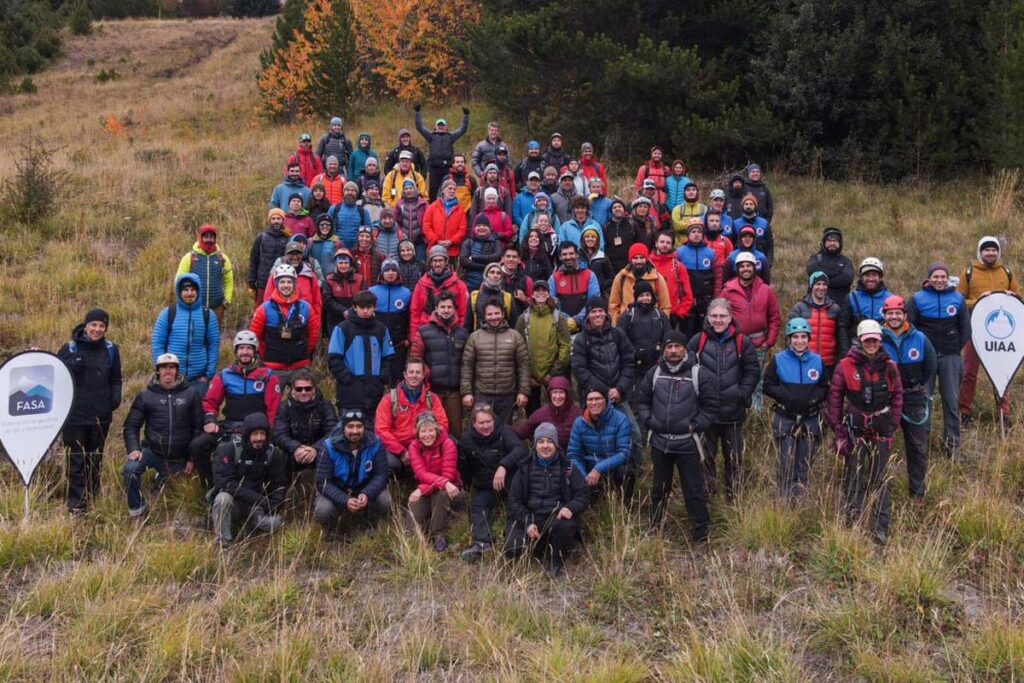
2024 International Mountain Sports Training Course participants. Credit: BQP Films – FASA/UIAA
The inaugural International Mountain Sports Training Course was held in Bariloche, Argentina in April and comprised an intensive three-day programme designed to advance the skills and knowledge of mountain sport enthusiasts in various critical areas. The course was organised by the UIAA in close collaboration with host federation FASA (Federación Argentina de Ski Snowboard y Andinismo) and the ISMM (International Society for Mountain Medicine).
The event proved to be a massive success uniting over 100 participants from all over the world. International and local speakers and experts came from a number of fields in mountain rescue and mountain and high-altitude medicine. Course participants included a number of instructors, trainers and young medical personnel from all over Argentina as well as neighbouring South American countries.
We had an idea of running a course in South America because it hasn’t been done before and it is an opportunity to bring together lots of interesting people with different backgrounds and for the UIAA to share its experience in teaching. It was also important for the UIAA to learn about techniques and methods local to Argentina and South America.”
Urs Hefti, UIAA Medical Commission President, and course leader
“The course was a significant success and it was great to see the engagement of those involved. The theory sessions created a number of interesting debates and allowed participants to learn not only about the latest in international mountain medicine research and thinking but the challenges facing those working in the unique context of Argentina and South America. The UIAA is keen on taking this course model to other countries and parts of the world over the coming years.”
Peter Muir, UIAA President
“I believe that after finishing this training course there are two main objectives: one is the importance of sharing knowledge and experiences and the second is the responsibility that we have to keep on going and to bring people together who can share the passion and conviction of teaching. Especially as most of the people who are involved are volunteers.”
Magdalena Kast, FASA President
The Theory Sessions
On the opening day, sessions focused on risk management, anchor safety evolution and responsible climbing, highlighting the importance of adapting training curricula to specific regional needs and promoting sustainable practices.
Health topics such as water safety and waste management were covered by experts from the UIAA Medical Commission. The risks associated with cold environments were thoroughly addressed, including hypothermia and frostbite, with a focussed stressed on the importance of proper preparation and emergency response.

Other sessions delved into the topics of altitude sickness, acclimatisation processes, and the physical effects of high-altitude climbing. These discussions were crucial for understanding how to manage the common ailments climbers face, such as AMS, HACE, and HAPE, and emphasised the necessity of gradual acclimatisation.
The UIAA Medical Commission was represented by the following contributors to the course: Urs Hefti (Switzerland), Mijel Lotfi (Argentina), Benoit Champigneulle (France), Kaste Mateikaité-Pipiriené (Lithuania), Eduardo Vinhaes (Brazil), Antonio Nicolau (Mexico), Luigi Festi (Italy), Matthias Hilty (Switzerland) and Juan Manuel Funk (Argentina).
The UIAA Safety Commission was represented by Fred Campos (Brazil), the UIAA Mountain Protection Commission by Juan Ignacio Inza (Argentina), and the UIAA Training Commission by Steve Long (Great Britain).
A big thank you also goes to all other presenters: Marcelo Parada (Argentina), Fran Velazquez (Argentina), Carolina Codo (Argentina), Alberto Ayora (Spain), Esteban Dregerori (Argentina), Marcos Couch (Argentina), Volker Schöffl (Germany), Andrea Castillo (Ecuador), Bruno Negreiros and Maria Fernanda May representing the Gear Tips announced as 2023 UIAA Mountain Protection Award winner

Main photo: Paul Kwakkenbos (UIAA Mountain Protection Commission VP), Pedro Lacaz Amaral (CEO & Founder of Gear Tips), Hunsu Arda Odabasioglu (UIAA Mountain Protection Commission), Carolina Adler (UIAA Mountain Protection Commission President)
At a special Award Ceremony held earlier today in Trabzon, Türkiye, the UIAA announced that the Brazilian project Gear Tips Recycling Program became the tenth recipient of the UIAA Mountain Protection Award (MPA).
Gear Tips becomes the second project from South America to win the Award. Earlier in October About Gear Tips
In Brazil, nearly two million gas cartridges are sold annually for use in stoves during outdoor activities. Among users, doubts about how and where to correctly dispose of these cartridges when empty are very common. Due to a lack of information and collection points, these cartridges are often disposed of in the common trash, without proper sorting, and thus end up in landfills or local dumps. The organisation Gear Tips created a system to properly collect and recycle cartridges, in an effort to promote sustainable waste management and disposal.
“This is a nifty project that is building a circular approach for managing gas canisters, a hazardous waste disposed of by the outdoor sports community. Whilst the initiative supports outdoor people to help them dispose of empty gas cartridges, at a higher level, the project also contributes to instilling a change in the consumer mindset in the Brazilian outdoor community towards more sustainable choices and behaviour.”
– UIAA Assessment Team
“This is the tenth year anniversary of the UIAA’s Mountain Protection Award. And what a great year it has been. The projects nominated and showcased in 2023 continue to show how many in the climbing community are committed to making positive change in mountains around the world. Once again all of the projects in the running for either the MPA Award or the Best New Initiative offered the project adjudicators “mountains” of amazing ideas and choice. Speaking as an adjudicator myself I can testify to the care, attention, expertise, and reflection we all bring to bear when undertaking our assessments. Speaking as the Chair of the MPA Working Group let me offer a huge thank you to all my assessment team colleagues, UIAA office support, and our sponsor Bally Peak Outlook Foundation. You, along with the MPA nominees, are a crucial part of showing that together we can make a difference when it comes to protecting the world’s mountains. Now, more than ever, mountains matter.”
– Mary Sanseverino, UIAA Mountain Protection Commission and UIAA MPA Assessment Team
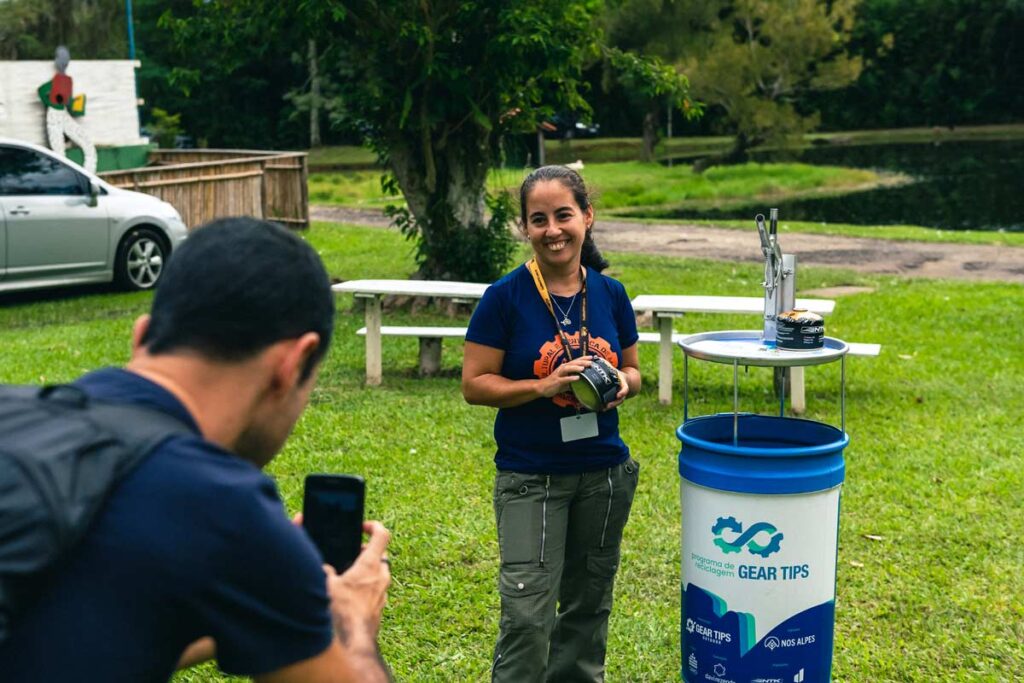
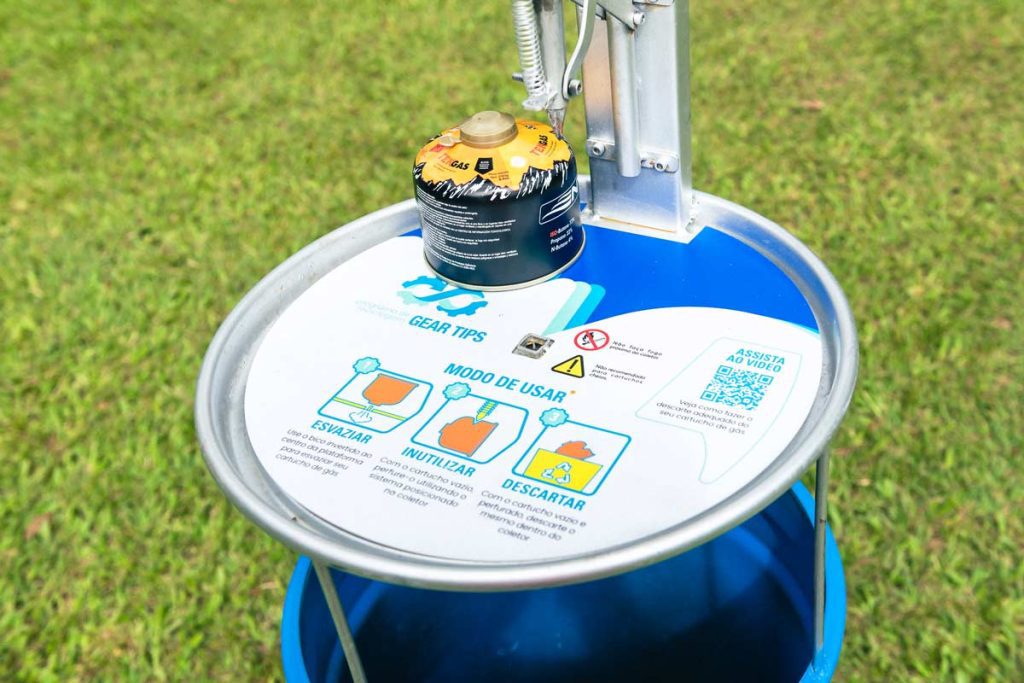
Shortly ahead of the official presentation, the UIAA spoke to Pedro Lacaz Amaral, CEO & Founder of Gear Tips.
UIAA: How does it feel to have won the 2023 UIAA Mountain Protection Award?
Gear Tips: We are very proud to win the UIAA Mountain Protection Award. I believe that in Brazil people in general are not yet conscious about the different ways we harm the environment, and the focus is to bring back from nature what you brought. However, it is not just bringing back what you take but also the correct disposal of what you bring back. Winning the UIAA MPA will make the Brazilian mountaineering community look at the project with different eyes and hopefully more people will commit to it, from the national federation through to the local mountaineering clubs.
What do you hope winning this international award brings to your project?
I hope that more people get engaged with the project. As explained in the previous question, we saw that people that should commit were not committed and, winning such an important award, for sure, will make people realise the importance of the project. Now we will ask for the formal support from the CBME (Brazilian Mountain Hiking and Climbing Confederation – UIAA member association) and all the regional federations as well, that way we can have all the mountain clubs engaged and committed. We are also having conversations with the government agency that take care of all state parks in Rio de Janeiro (INEA) and hopefully, with the support from UIAA, we will have more chance to work together with them.
What will you spend the prize money on?
We must grow the project and the main challenge is the investment in new recycling collectors. Furthermore, we have different places to put the collectors with different individual demands. For example, Decathlon in Brazil is very interested in having the Recycling Program in their shops. However, due to the characteristics of the shops, we are building a different collector. Also, for camping areas, national and state parks, we had built a different model. Therefore, we will use the money to produce more collectors so we can spread the project everywhere in Brazil.
What inspired the creation of your project? How big an issue was waste related to gas cartridges and why?
As a chemical engineer, I worked in the environmental department of a company. Around 20 years ago, and I implemented a recycling program. When I found out that Brazil alone sells more than two million gas cartridges a year and most of them were not sent to recycling, I decided that something had to be done. However, the main problem was a logistic problem. How to send the cartridges back to the manufacturers or to a recycling facility? I contacted one of the main steel companies in Brazil and they said they could support the program if we would concentrate all gas cartridges in one place, what is impossible due to the logistic cost.
Together with Bruno Negreiros, the Environmental and Social Sustainability Coordinator at Gear Tips, we managed to organise a project in a way that the places where the gas cartridges would be collected also would have the responsibility to take them to a recycling facility near them. Bruno mapped all the recycling facilities close to the collection points to triangulate the process among them. Therefore, logistics were not an issue anymore, although we have to coordinate a lot of people in order for the project to work.
If you are successful in implementing your project throughout Brazil, will you look to expand or share your knowledge and practices with likeminded organisations in other South American countries?
We want to expand the project to all Latin America and, who knows, North America, Europe… the World. But for now, let’s focus on Brazil, make it work, find out the best practices and then we can think about expanding. Since I know several distributors from brands, it might not be so difficult to expand, but we need to concentrate our strengths (human and financial resources) in Brazil. Part of the process is to train people in Leave no Trace principles and make sure people are aware of the impact we cause and what can we to reduce it. Gear Tips is an educational platform and therefore we believe that through outdoor education we can achieve a better world.
What steps are being taken to reduce the reliance on gas cartridges?
Some people started to use alcohol stoves, especially ultralight trekkers. We see this as a possibility, since Brazil is a huge produced of sugar cane alcohol (including for the car industry) and this is a fuel from a renewable source and, in theory, zero CO2 emission since the sugar cane capture CO2 when growing. However, people still prefer an easy way to use a stove. We also have a few workshops showing the use of alcohol stoves so people can start to understand the benefits. However, it will take a while until people change their mindsets.
Have you been able to establish any relationships with companies making the cartridges to raise awareness with say extra information on product packaging or labelling?
Yes. Nautika is the biggest gas cartridges manufacturer in Brazil and they will soon start to include in all their cartridges a QR Code referring the Recycling Program. It is an important step to make all the consumers aware of both the problem and solution.
Are there other types of waste in Brazil’s green spaces which you may look at dealing with in the future?
Human waste is one of the biggest problems in our green spaces. We intend to increase the availability of online content and information on our platform to make people aware of the problems and to try and reduce human waste on trails.